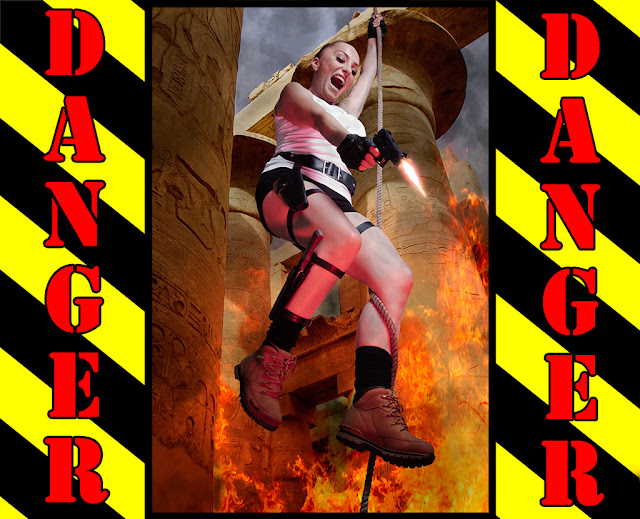Model Safety

Staying Safe Lots is written and posted regarding model safety, and rightly so. Although the percentage of "dangerous" photographers is small, models need to be aware. There is however another aspect of model safety the rarely seems to get mentioned, and that is the question of a models physical safety whilst being photographed. An accident can happen almost anywhere and at any time, a slip in the bath, tripping over something, hitting your elbow, it happens to all of us. However a model can sometimes find themselves in a situation where there is an increased chance of a mishap and/or the consequences are more dire. A resulting injury can run the extremes of a minor cut or bruise to being fatal. It's hard to track down any sort of statistics on this, however my research did turn up the fact that in 2015 in the US at least 50 people where killed whilst engaged in photography or video, on or near a railway track! For the vast majority of shoots a model will b...









